Introduction
Preserved pork, or as it is commonly known in various culinary traditions—be it bacon, ham, or salt pork—holds a special place in the hearts and stomachs of food enthusiasts worldwide. Its rich, savory flavor, tender texture, and versatility in cooking make it a staple in many cuisines. While the basic principle of preserving pork through salting and sometimes smoking has remained consistent throughout history, the myriad ways to make preserved pork delicious are as diverse as the cultures that have perfected it. This article delves into the intricacies of crafting mouthwatering preserved pork, from selecting the right cut to the fine art of seasoning and the various preservation techniques that can elevate this culinary delight to new heights.
Chapter 1: Selecting the Perfect Pork Cut
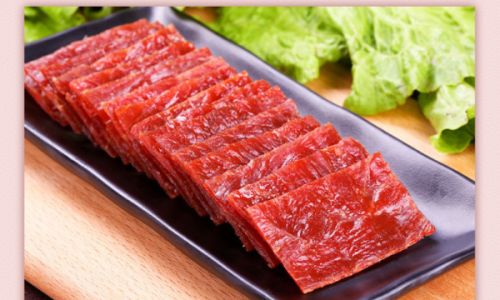
The journey to delicious preserved pork begins with choosing the right cut of meat. Different cuts offer unique textures and flavors, suited to various preservation methods and final dishes.
1 Pork Belly
Pork belly is perhaps the most iconic cut for making bacon. It boasts a high fat-to-meat ratio, which, when rendered properly, results in a juicy, flavorful bacon that’s neither too greasy nor too lean. Look for pork belly with a good layer of fat cap on one side and a nice, even layer of meat on the other.
2 Pork Shoulder
For those who prefer a heartier, more rustic texture, pork shoulder is an excellent choice. It contains a good balance of fat and muscle, making it ideal for long, slow cooking methods like smoking or braising. The resulting preserved pork is perfect for shredded dishes or as a base for hearty stews and soups.
3 Pork Leg (Ham)
Pork legs, especially the hindquarter, are traditionally used for making ham. They offer a larger muscle mass with a good fat distribution, which helps in even preservation and adds to the ham’s flavor and moisture retention. When selecting a pork leg for ham, ensure it has a good layer of fat on the outside and is free of bruises or bone fractures.
Chapter 2: The Art of Seasoning
Seasoning is where the magic happens in preserved pork. The right blend of spices, herbs, and sugars can transform an ordinary piece of meat into a culinary masterpiece.
1 Basic Salt and Pepper
For those who prefer a more straightforward approach, a simple mix of coarse sea salt and freshly ground black pepper can be incredibly satisfying. This combination allows the natural flavors of the pork to shine through while providing a subtle, savory backdrop.
2 Brown Sugar and Spices
For a sweeter, more complex flavor profile, incorporating brown sugar into the seasoning mix is a must. Brown sugar not only adds sweetness but also helps to caramelize the pork’s surface during cooking, creating a delicious crust. Combine brown sugar with spices like paprika, garlic powder, onion powder, and a touch of cayenne pepper for a balanced, spicy-sweet blend.
3 Herbs and Aromatics
For a more aromatic and herbal flavor, consider adding fresh or dried herbs to your seasoning mix. Rosemary, thyme, sage, and bay leaves are all excellent choices that can add depth and sophistication to your preserved pork. These herbs pair particularly well with pork shoulder and ham, where their flavors have time to meld and develop during longer cooking processes.
Chapter 3: Preservation Techniques
The method you choose for preserving pork will significantly impact its final texture, flavor, and shelf life. Here are some of the most popular techniques:
1 Dry Salting
Dry salting involves rubbing the pork cut with a mixture of salt and other seasonings. The meat is then left to sit in a cool, dry place for several days, allowing the salt to draw out moisture and preserve the meat. This method is simple but requires patience and careful monitoring to avoid over-salting.
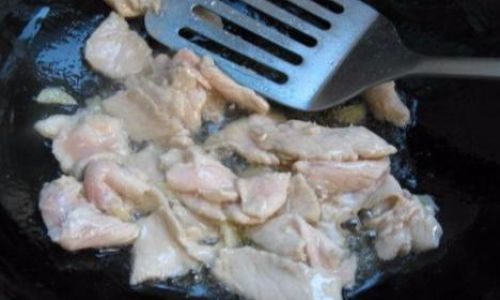
2 Wet Brining
Wet brining is a more modern approach that involves submerging the pork in a saltwater solution (brine) for a period of time. This method not only preserves the meat but also tenderizes it by allowing the salt to break down muscle fibers. Wet-brined pork tends to be juicier and more flavorful than dry-salted meat.
3 Smoking
Smoking is a preservation technique that adds a unique, smoky flavor to pork. The meat is hung in a smokehouse or smoker, where it is exposed to low heat and wood smoke for several hours or days. The type of wood used for smoking (e.g., oak, hickory, applewood) will influence the final flavor of the preserved pork. Smoking not only preserves the meat but also adds an extra layer of complexity to its taste.
4 Canning and Pickling
For those looking to preserve pork in a more shelf-stable form, canning and pickling are viable options. Canning involves sealing cooked pork in airtight containers, which are then heated to sterilize and preserve the contents. Pickling, on the other hand, involves immersing pork in a vinegar-based brine, which acts as a preservative and adds a tangy flavor to the meat.
Chapter 4: Cooking and Serving
Once your preserved pork is ready, it’s time to cook and serve it in ways that highlight its deliciousness.
1 Baking and Roasting
Baking or roasting preserved pork is a straightforward and delicious way to enjoy it. Preheat your oven to a moderate temperature (around 350°F or 175°C) and place the pork on a rack in a roasting pan. For ham, score the fat cap in a diamond pattern and brush with a glaze made from honey, mustard, and a touch of vinegar. Bake until the internal temperature reaches 145°F (63°C) for medium-rare or 160°F (70°C) for well-done, basting occasionally with the pan juices.
2 Frying
For bacon, slicing the preserved pork into thin strips and frying them in a skillet until crispy is a classic preparation. The key to perfect fried bacon is to cook it over medium heat, turning occasionally, until it reaches your desired level of crispiness. Drain on paper towels to remove excess grease and serve hot.
3 Slow Cooking and Braising
Pork shoulder is particularly well-suited to slow cooking or braising. Place the seasoned, preserved pork in a slow cooker or heavy-bottomed pot with enough liquid (such as broth, beer, or wine) to cover about halfway. Cook on low heat for several hours until the meat is tender and falling apart. This method is perfect for making pulled pork or hearty stews.
4 Incorporating into Dishes
Preserved pork can be incorporated into a wide variety of dishes, from breakfasts like scrambled eggs with bacon bits to dinners like ham and bean soup or pork shoulder tacos. Its versatility makes it a valuable addition to any cook’s repertoire, adding rich, savory flavor to even the simplest of meals.
Conclusion
Making delicious preserved pork is an art that combines careful selection of ingredients, thoughtful seasoning, and meticulous preservation techniques. Whether you prefer the simplicity of dry-salted bacon, the smoky depth of a well-smoked ham, or the rustic charm of braised pork shoulder, the key to success lies in understanding the nuances of each step and embracing the creative possibilities that lie within. With patience, practice, and a love for good food, you can transform a humble piece of pork into a culinary masterpiece that will delight your taste buds and impress your guests. Happy preserving!

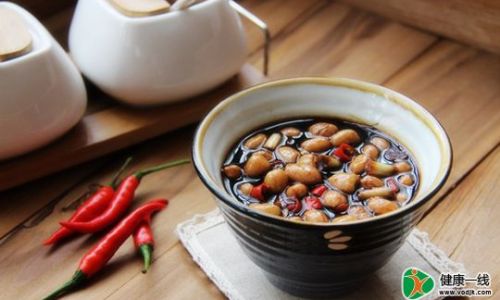
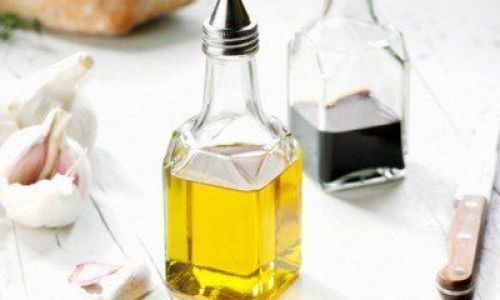
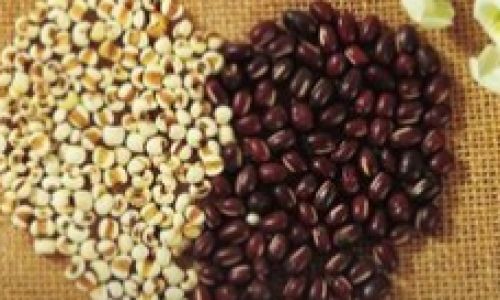
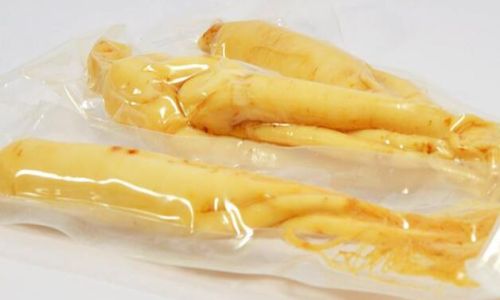

0 comments